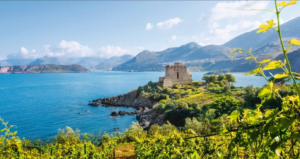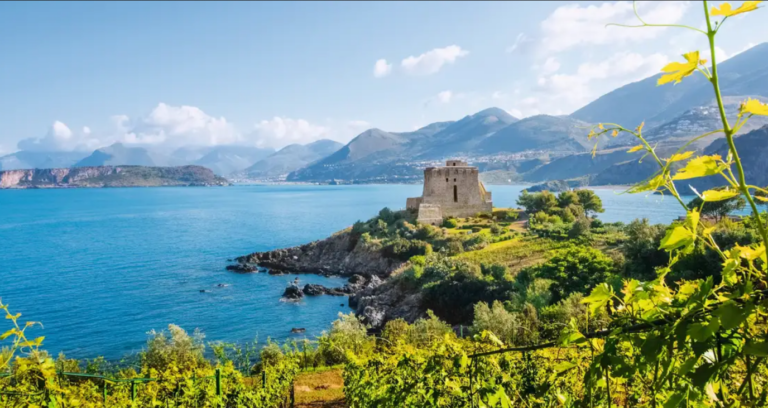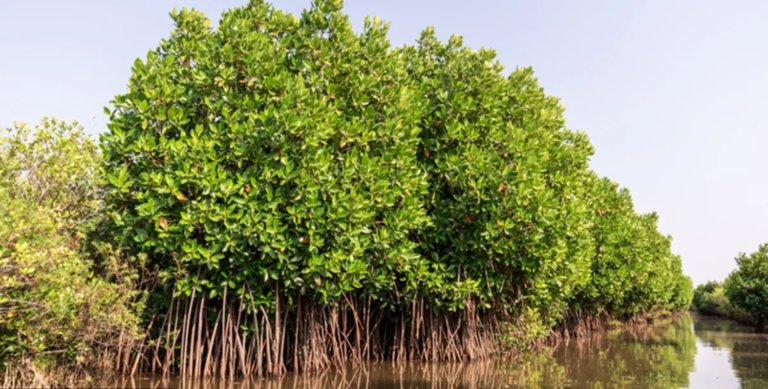In a renewed commitment to environmental protection, five new sites in India have gained recognition as wetlands of international importance under the Ramsar Convention. These include three wetlands in Tamil Nadu (Karikili Bird Sanctuary, Pallikaranai Marsh Reserve Forest, and Pichavaram Mangrove), one in Mizoram (Pala wetland), and one in Madhya Pradesh (Sakhya Sagar). This brings the total number of Ramsar sites in the country to 54, up from the previous 49.

Bhupender Yadav, the Union Cabinet Minister for Environment, Forest and Climate Change, took to Twitter to officially announce the development. He highlighted the significance of Prime Minister Shri @narendramodi’s emphasis on environmental protection, stating, “The emphasis PM Shri @narendramodi ji has put on environmental protection and conservation has led to a marked improvement in how India treats its wetlands.”
In his tweet, Yadav expressed his delight in informing that five more Indian wetlands have received Ramsar recognition as wetlands of international importance. To understand the importance of Ramsar recognition, it’s essential to grasp the concept of a Ramsar site. These sites are wetlands acknowledged under the Ramsar Convention, also known as the ‘Convention on Wetlands,’ established by UNESCO in 1971. The convention takes its name from the city of Ramsar in Iran, where it was signed.

Ramsar recognition entails identifying wetlands worldwide that hold international significance, particularly those providing habitats for waterfowl, including around 180 species of birds. The recognition promotes international interest and cooperation in the conservation of these wetlands, ensuring their resources are used judiciously.
It’s noteworthy that the Sundarbans in West Bengal holds the distinction of being the largest Ramsar site in India.








